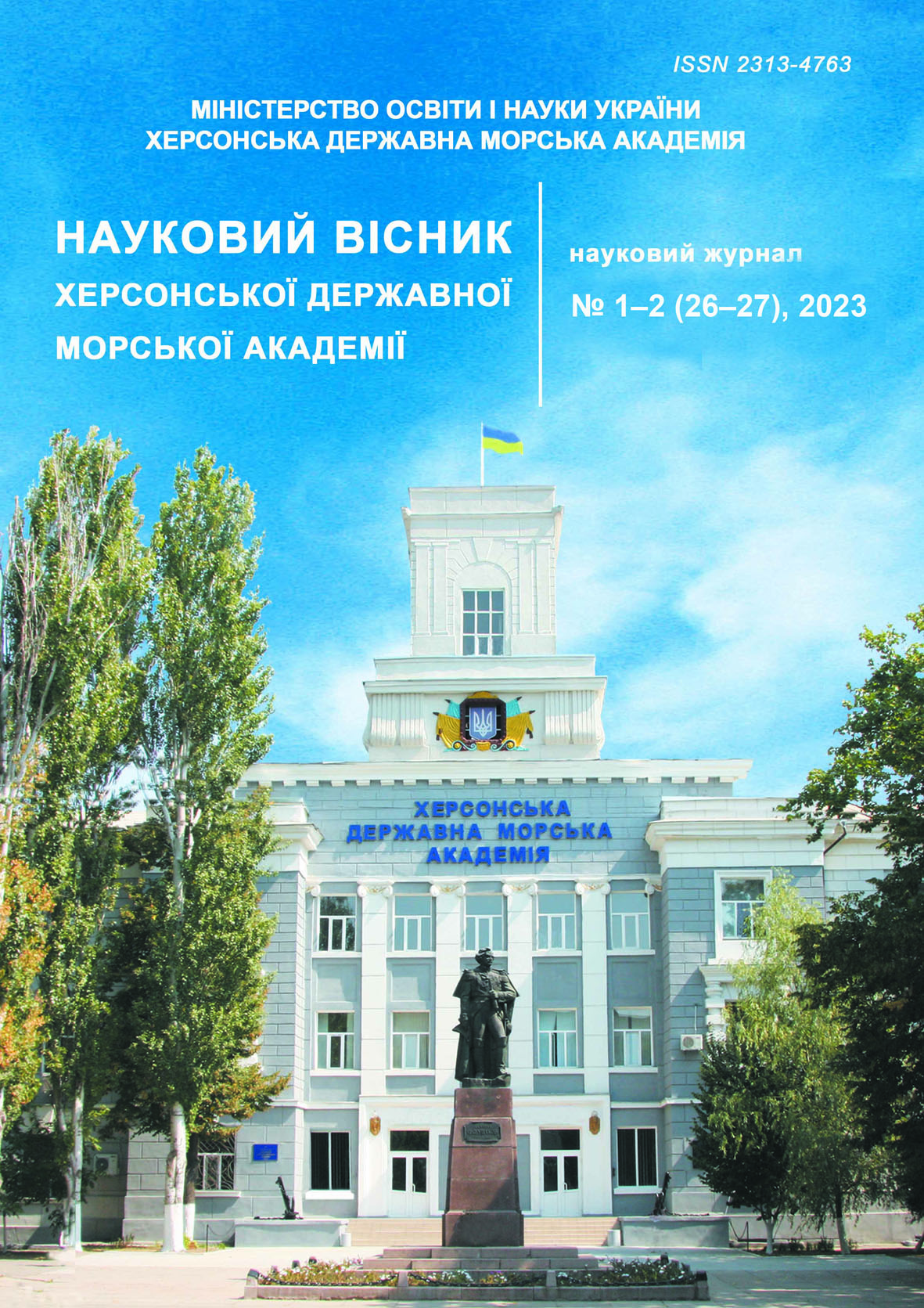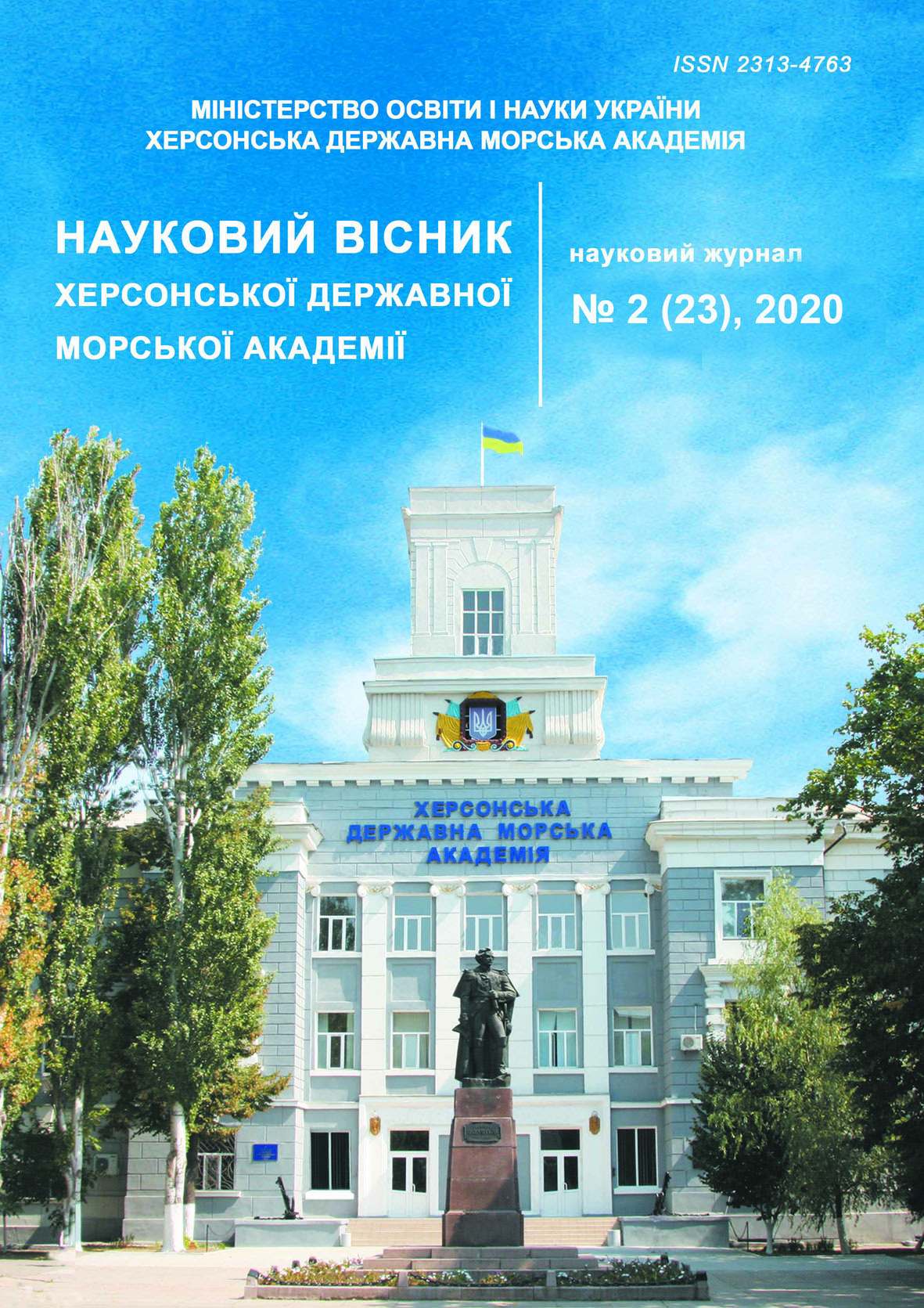FORMATION OF TWO-PHASE ZONE DURING INTERNAL OXIDATION OF BINARY ALLOYS
https://doi.org/10.33815/2313-4763.2020.2.23.127-139
Abstract
Studied regularities of two-phase regions in the process of internal oxidation lightly doped binary alloys. The aim of the study was to create a mathematical model of the process of internal oxidation kinetics of the formation and evolution of internal oxidation zone; investigation of the laws governing the formation of the two-phase region in the process of internal oxidation; study of spatiotemporal change the two-phase structure - the number of particles of oxides, their average radius and volume phase - at different stages of the evolution of the internal oxidation zone.
In this paper, a theoretical analysis of the process of diffusion saturation lightfast component binary alloys. The conditions of education dispersed oxide particles. A mathematical model of two-phase region and the numerical solution of systems of equations describing the kinetics of formation and evolution of the two-phase region for different values of the process parameters.
Simulation and experimentally shown that the distribution of the two-phase structure parameters are complex nonmonotonic. The influence of the main process parameters on the kinetics of formation of two-phase region in the plate lightly doped binary nickel-based alloys. Studied all stages of the oxidation of the plate - from the origin to the particle coalescence of second phase particles.
The results can be used to develop new technologies of thermal and chemical-thermal treatments for dispersion hardening materials by internal oxidation, as the physical basis for finding ways to ensure the specified parameter distributions of internal oxidation zone structure needed to make this alloy required complex physical and mechanical properties.
Comparison of simulation results and experimental results showed good agreement that allows us to recommend them to develop new technologies dispersion hardening, new heat-resistant steels-hardened magnetic materials and electrical alloys.
References
Кипарисов С.С., Левинский Ю.В. Внутреннее окисление и азотирование сплавов. – М.: Металлургия, 1979. – 200с.
Данелия Е.П., Розенберг В.М. Внутреннеокисленные. сплавы. – М.: Металлург., 1978. – 232с.
Wagner C. Reactiontypen bei der Oxydation von Zegierungen. Z.Electrochem., 1959, Bd.63, s.772–790.
Kirkaldy J.S. On the theory of internal oxidation and sulphation of alloys. Canad. Metal. Quarterly, 1969, v.8, p.35–38.
Абрамов Г.С., Абрамов М.Г., Бардачёв Ю.Н. Распределение числа частиц в зоне внутреннего окисления.– Физико–технические и технологические приложения математического моделирования.: Сб. научных трудов НАН Украины. Институт математики., Киев, 1998, с.9–12.
Абрамов Г.С., Абрамов М.Г. Моделирование перехода от внутреннего окисления к внешнему. – Труды XV Международного симпозиума «Методы дискретных особеностей в задачах математической физики» МДОЗМФ – 2011, с. 15–20.
Абрамов Г.С., Абрамов М.Г. Формирование зоны внутреннего окисления при малой свободной энергии формирования окислов. – Вестник ХНТУ, 2011, №3 (42), с. 14–20.
Абрамов Г.С., Абрамов М.Г. Математическое моделирование процесса внутреннего окисления в бинарных сплавах; Труды научно–технической конференции «Компьютерное моделирование в наукоёмких технологиях» КМНТ–2012, с.13–16.
Абрамов Г.С., Абрамов М.Г. Моделирование процесса формирования структуры диффузионной зоны при одновременном поверхностном и внутреннем окислении сплавов; Вестник ХНТУ, 2012, №1 (44), с. 268–273.
Абрамов Г.С., Абрамов М.Г. Формирование двухфазной области при большой свободной энергии формирования окисла легирующих элементов. – Вестник ХНТУ, 2012, №2 (45), с. 12–16.
Абрамов Г.С., Абрамов М.Г. Моделирование процесса внутреннего окисления в бинарных сплавах на основе никеля; Труды XVI Международного симпозиума «Методы дискретных особенностей в задачах математической физики» МДОЗМФ –2013.
Абрамов Г.С., Абрамов М.Г., Бардачёв Ю.Н. Влияние циклического изменения температуры на структуру внутреннеокисленной зоны. – Вестник ХНТУ, 2013, №2 (47), с. 6–12.






